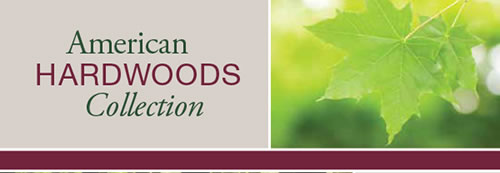The Traverwood Branch Library in Ann Arbor, Mich., is a 16,500-square-foot lesson in sustainable building and design. Built on four acres of green space, the L-shaped building celebrates the rebirth of local ash trees—victims of the emerald ash borer. The fallen ash appears as interior flooring, wall panels, ceilings, and shelving. And a row of ash columns lines a bank of windows, connecting onlookers to a nature preserve. https://www.hardwoodinfo.com/articles/view/pro/27/265
American ash was the natural choice for a building that stands as a testament to one of Spain’s oldest industries—salt production. In 2003, restoration began on buildings between the town of Añana and the Añana Saltworks. An old salt store, with perimeter walls as its only remnants, became El Torco, an aesthetically appealing design mix of old and new elements and an amazing testament to the flexibility of American ash. https://www.hardwoodinfo.com/articles/view/pro/27/261
Yale’s Kroon Hall, one of the AIA/COTE (American Institute of Architects’ Committee on the Environment) 2010 Top Ten Green Projects, is a barrel-vaulted building with a timber lining. Vertical and horizontal tongue-and-groove paneling lines the walls. A centrally placed staircase leads to the structure’s most dramatic space—the top level. And there, an environmental center and auditorium, classrooms and a café, all rest under a paneled, vaulted ceiling. The wood of choice, harvested from Yale’s own forests, durable red oak. https://www.hardwoodinfo.com/articles/view/pro/27/266
In the heart of Amsterdam on Oosterdok Island is the unique Amsterdam Conservatory. The ceilings above the entrance, as well as ceilings, mezzanine, floors and stairs in and around the foyer and five auditoriums, showcase the most widely used wood species in the structure—American red oak—warm, durable, naturally beautiful. https://www.hardwoodinfo.com/articles/view/pro/27/259


